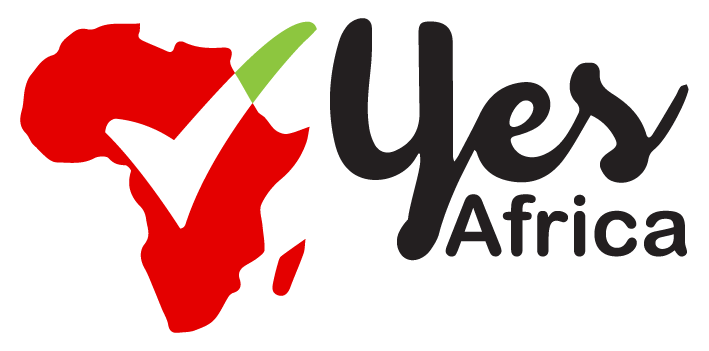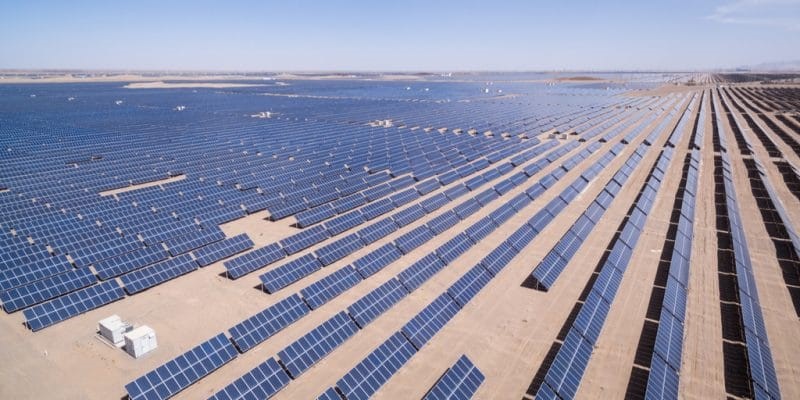Namibia has announced the allocation of 330 megawatts (MW) of solar photovoltaic (PV) capacity under its 2024 energy strategy.
This announcement was made by the Ministry of Mines and Energy and aims to reduce the country’s dependence on imported electricity and leverage its abundant solar resources for sustainable growth.
The capacity will be shared between state-owned NamPower and independent power producers (IPPs).
As part of this initiative, 120 MW will be allocated to IPPs through an expedited procurement process. Six solar power plants, each generating 20 MW, will be constructed in regions such as Karas, Hardap, Oshikoto, Kavango West, and Zambezi. These areas currently face limited electricity generation, making the new plants critical to meeting local energy needs.
- Advertisement -
NamPower is also spearheading significant solar infrastructure projects. The Rosh Pinah Solar PV Power Plant will be expanded by 30 MW, raising its capacity to 100 MW.
Additionally, an 80 MW expansion at the Omburu Solar PV Power Plant in the Erongo region is planned, alongside a 100 MW solar plant dedicated to supplying power to the Skorpion Zinc Mine.
These projects are expected to create hundreds of jobs during construction and operational phases, boosting local employment.
Minister Tom Alweendo emphasized that the plan aligns with Namibia’s broader economic vision and international environmental commitments. “This allocation lays the groundwork for a sustainable power grid and a brighter future for all Namibians,” he said.
Currently, Namibia imports over half of its electricity from neighboring countries due to limited domestic generation. These solar projects are set to change that dynamic, advancing the country’s goal of energy independence while contributing to the global transition to renewable energy.
- Advertisement -
Looking ahead, Namibia is also exploring grid expansion and the long-term potential of nuclear energy.









